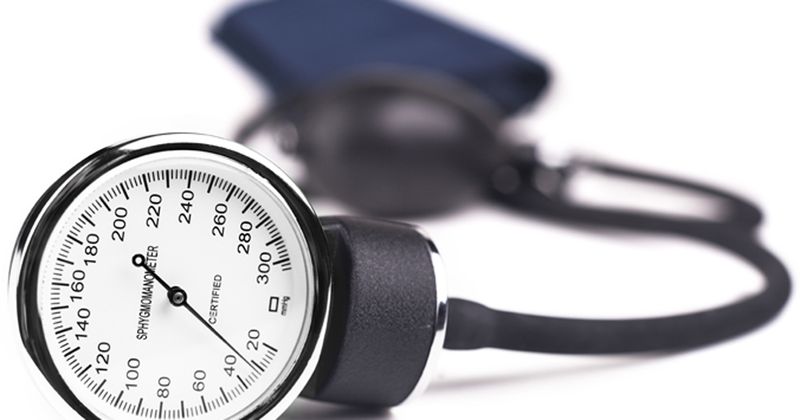CDC report shows use of BP medication is up
Key takeaways:
- Antihypertensive medication use rose from about 60% to 63% among those with self-reported hypertension.
- Around one-third of U.S. adults reported hypertension from 2017 to 2022.
The use of BP medication among people who reported having high blood pressure increased by about 3 percentage points, according to a study in MMWR.
Researchers also found that the prevalence of adults in the United States who reported hypertension remained consistent from 2017 to 2022 despite updated diagnostic guidelines, a study showed.

According to Ahlia Sekkarie, PhD, an epidemiologist at the CDC, and colleagues, the 2017 Guideline for High Blood Pressure in Adults recommended lowering the BP threshold for the diagnosis of hypertension from 140 mm Hg or greater to 130 mm Hg or greater (systolic BP), and from 90 mm Hg or greater to 80 mm Hg or greater (diastolic BP).
“This change would be expected to lead to increased diagnosed hypertension prevalence,” they wrote.
The researchers analyzed trends in both self-reported diagnosed hypertension and the use of antihypertension medications using data from the Behavioral Risk Factor Surveillance System spanning 2017 to 2022.
The final study sample for 2017, 2019 and 2021 were 425,417, 392,100 and 410,318 participants, respectively.
Sekkarie and colleagues found that self-reported diagnosed hypertension remained at almost 30% throughout the study period, whereas hypertension prevalence was:
- higher among men than women (33.2% vs. 27%);
- higher among adults aged 65 years and older (60.6%) than those aged 18 to 44 years (14.5%) and 45 to 64 years (40.3%); and
- higher among Black adults than Asian adults (40.2% vs. 22.7%).
The researchers also noted that antihypertensive medication use among those with self-reported hypertension increased by 3 percentage points, from 59.8% to 62.9%.
In 2021, the prevalence of antihypertensive medication use was:
- higher among women than men (68.5% vs. 59.4%);
- higher among adults aged 65 years and older than those aged 18 to 44 years (92.5% vs. 42.5%); and
- higher among Black adults than white adults (71.3% vs. 62%).
Sekkarie and colleagues highlighted several possibilities for why the prevalence of self-reported hypertension remained stable over the study period.
“First, broad implementation of changes to clinical guidelines takes time, and differing guidelines that use higher thresholds might attenuate any changes in diagnosed hypertension prevalence,” they explained. “Second, some clinical performance measures, which serve as tools to advance the translation of guidelines into clinical practice, were not modified to align with the lower thresholds.”
The study had some limitations, the researchers said — for example, self-reported data likely contributed to an underestimation of the prevalence of hypertension.
Still, the results “can be used to increase awareness of hypertension and promote lifestyle modifications and antihypertensive medication use to optimize BP control and reduce disparities in prevalence and control,” the researchers concluded.
